Stevia Sweet Herb is a tender perennial native to parts of Brazil and Paraguay that favors humid, wet environments, although the root does not tolerate standing water. Stevia is widely grown for its sweet leaves, which are the source of sweetener products known gene. Stevia is often touted as a safe and healthy sugar substitute that can sweeten up foods without the negative health effects linked to refined sugar. It’s also associated with several impressive health benefits, such as reduced calorie intake, blood sugar levels, and risk of cavities.
What is Stevia Sweet Herb?
Also known as “sweet leaf” or “sweet herb”, stevia has zero calories and no impact on blood glucose levels. It is native to the altitudes of Paraguay and Brazil in South America and has been used as a sweetener for hundreds of years. Traditionally, it was used to sweeten teas, and for its medicinal properties. Refined stevia products are available for a more standardized sugar substitute, but with a little creativity, you can use dried leaves or extracts in many different recipes.
Stevia rebaudiana is the sweetest variety and most commonly grown as a natural sweetener, but over 100 species of stevia exist in North and South America. The leaves contain up to 5% dry weight of stevioside, a sweetener estimated to be up to 300 times sweeter than table sugar (sucrose). The whole sweet leaf contains 11 major steviol glycosides, which range in sweetness from 50 to 400 times sweeter than sucrose. Unlike some artificial sweeteners, the sweetness of stevia is stable in high temperatures.
Stevia Plant Growing Requirements
Stevia plants need:
- Full sun, with over 15 hours of light preferred to maximize vegetative growth. In areas with hot summers, light afternoon shade is beneficial.
- Well-drained soil or potting mix. Raised beds often work well for these plants.
- Compost or organic matter in the soil – skip the chemical fertilizers, which can cause lush growth with lower amounts of sweetness. Over fertilized plants are also more prone to disease.
- Consistent soil moisture. Wild stevia tends to grow near bodies of water, where the soil is moist but not waterlogged. Organic mulch can help keep soil moisture even.
- Room to grow – plants grow 1-3 feet tall (shorter in cooler areas) and roughly as wide. Use a one-foot or larger diameter pot, or space plants 18 inches apart in garden beds.
- Frost protection – plants may overwinter in hardiness zones 8 or higher. For colder climates, bring plants inside before hard frost if you want to keep them from year to year.
- A well-tended stevia plant may produce for 3-5 years or more but becomes less vigorous with age. You can start new plants with cuttings or natural layering. (Plants will often root where a stem stretches and contacts the ground.)
- The most important tip for harvesting your stevia plant is to pick the leaves before the small white flowers appear. Once the plant starts putting energy into flowers, the leaves become less sweet. (You’ll find this with most garden plants, such as other herbs and lettuce. Flowers = bitter lettuce and less fragrant herbs.)
- You can pick leaves as needed, or cut the plant back by half in midsummer and early fall. If you want to keep your plants over winter, leave at least 6 inches of the plant intact to allow regrowth.
- Cut back plants to force foliage growth if you see any signs of flowering. When growing stevia plants inside (or outside as the days shorten), less than 14 hours of daylight per day is likely to trigger flowering.

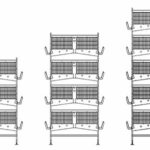


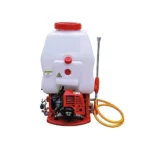
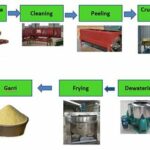
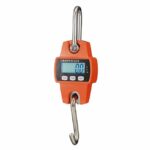
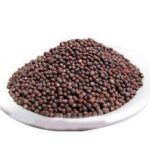






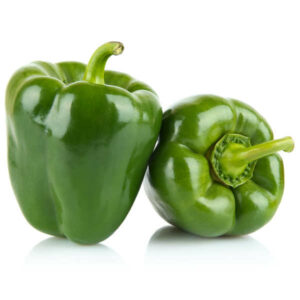
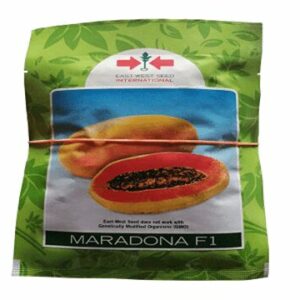

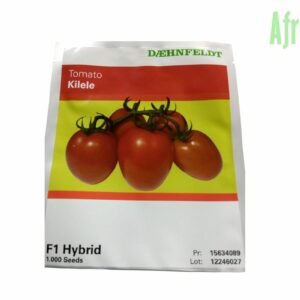
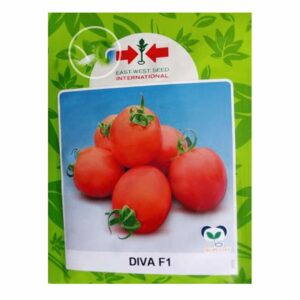
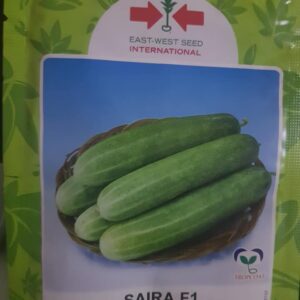
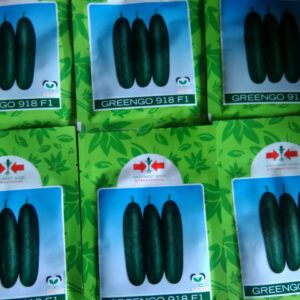

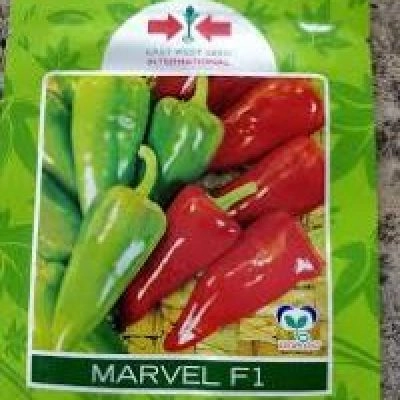
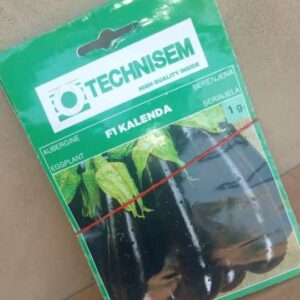
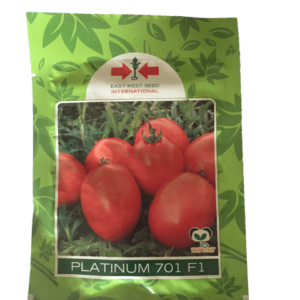
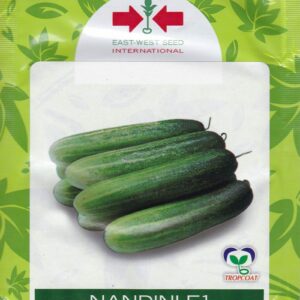
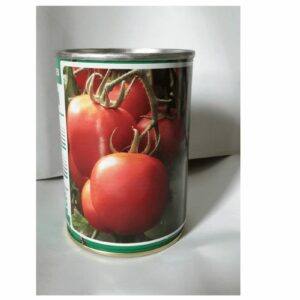
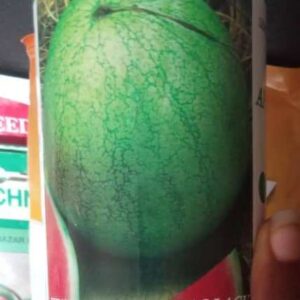
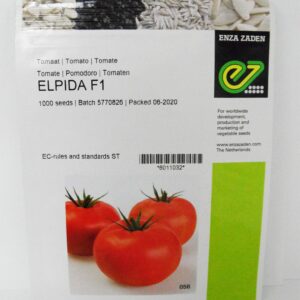
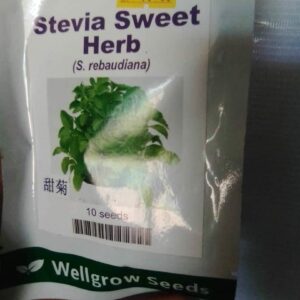
Reviews
Clear filtersThere are no reviews yet.